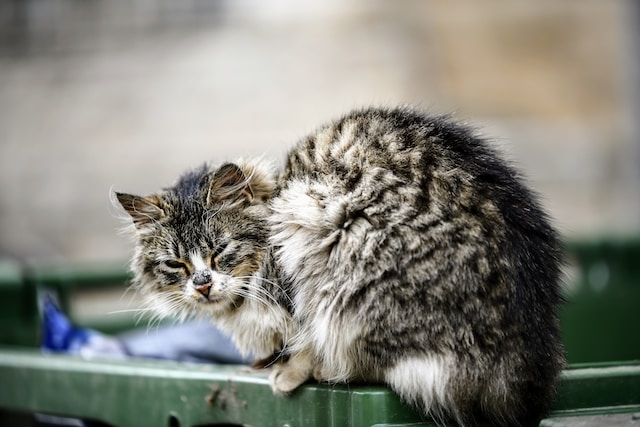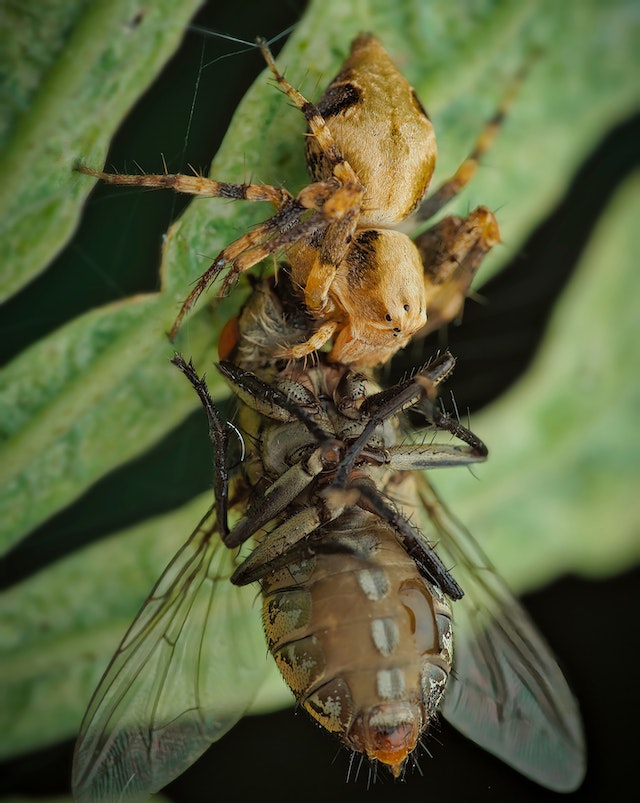In the concrete jungles of urban environments, a population of resilient feline survivors roams the streets, adapting and thriving against all odds. Feral cats, often misunderstood and overlooked, possess a remarkable set of skills and instincts that allow them to navigate the challenges of urban life. This article explores the fascinating world of these street-smart felines, shedding light on their strategies for survival amidst the chaos of the city.
Feral cats are the product of a long history of domestication followed by abandonment or escape. Unlike stray cats that have had previous human contact, feral cats have reverted to a wild state, fully adapted to their urban surroundings. Their lives are marked by independence and self-reliance, honing their instincts to become masters of urban survival.
One of the key attributes that enable feral cats to thrive in the city is their acute awareness of their surroundings. They possess an exceptional ability to navigate through complex urban landscapes, utilizing their sharp senses to detect potential dangers, locate food sources, and find shelter. Whether it’s carefully observing pedestrian traffic, identifying hiding spots, or avoiding hazardous areas, these felines exhibit an unparalleled level of street smarts.
Food acquisition is a significant challenge for feral cats, but their adaptability and resourcefulness come into play. While scavenging through trash bins is a common method to find sustenance, feral cats have also learned to exploit alternative food sources. They may stalk small rodents that thrive in urban environments or take advantage of the generosity of compassionate individuals who provide food and water through community feeding programs. This ability to diversify their diet and capitalize on available resources contributes to their remarkable survival skills.
Surviving the elements is another testament to the resilience of feral cats. Whether it’s extreme heat, biting cold, or heavy rainfall, these felines have developed strategies to cope with adverse weather conditions. They seek shelter in hidden nooks, abandoned buildings, or find warmth in the cozy crevices of cars and alleys. Their ability to adapt to various environmental challenges ensures their continued existence amidst the concrete and steel of the urban landscape.
While some view feral cats as a nuisance, it is essential to understand their impact on urban ecosystems. Feral cats often serve as effective pest controllers, keeping rodent populations in check. In this way, they contribute to maintaining a balanced ecosystem within the urban environment. Furthermore, efforts to humanely manage feral cat populations through trap-neuter-return (TNR) programs can help control their numbers and prevent the proliferation of stray and feral cats.
It is crucial to acknowledge that feral cats face numerous challenges in their struggle for survival. Exposure to disease, lack of access to proper medical care, and conflicts with humans and other animals pose significant threats to their well-being. Recognizing the importance of responsible pet ownership, promoting TNR programs, and supporting organizations dedicated to feral cat welfare are crucial steps towards creating a harmonious coexistence between humans and these resilient urban dwellers.
In conclusion, feral cats are the embodiment of street smarts, adapting and thriving in the face of adversity within the urban environment. Their acute awareness, resourcefulness, and ability to navigate the complexities of city life are truly remarkable. Understanding and appreciating the skills and instincts possessed by these feline survivors can lead to a greater appreciation for the resilience of all creatures that call the streets their home.










